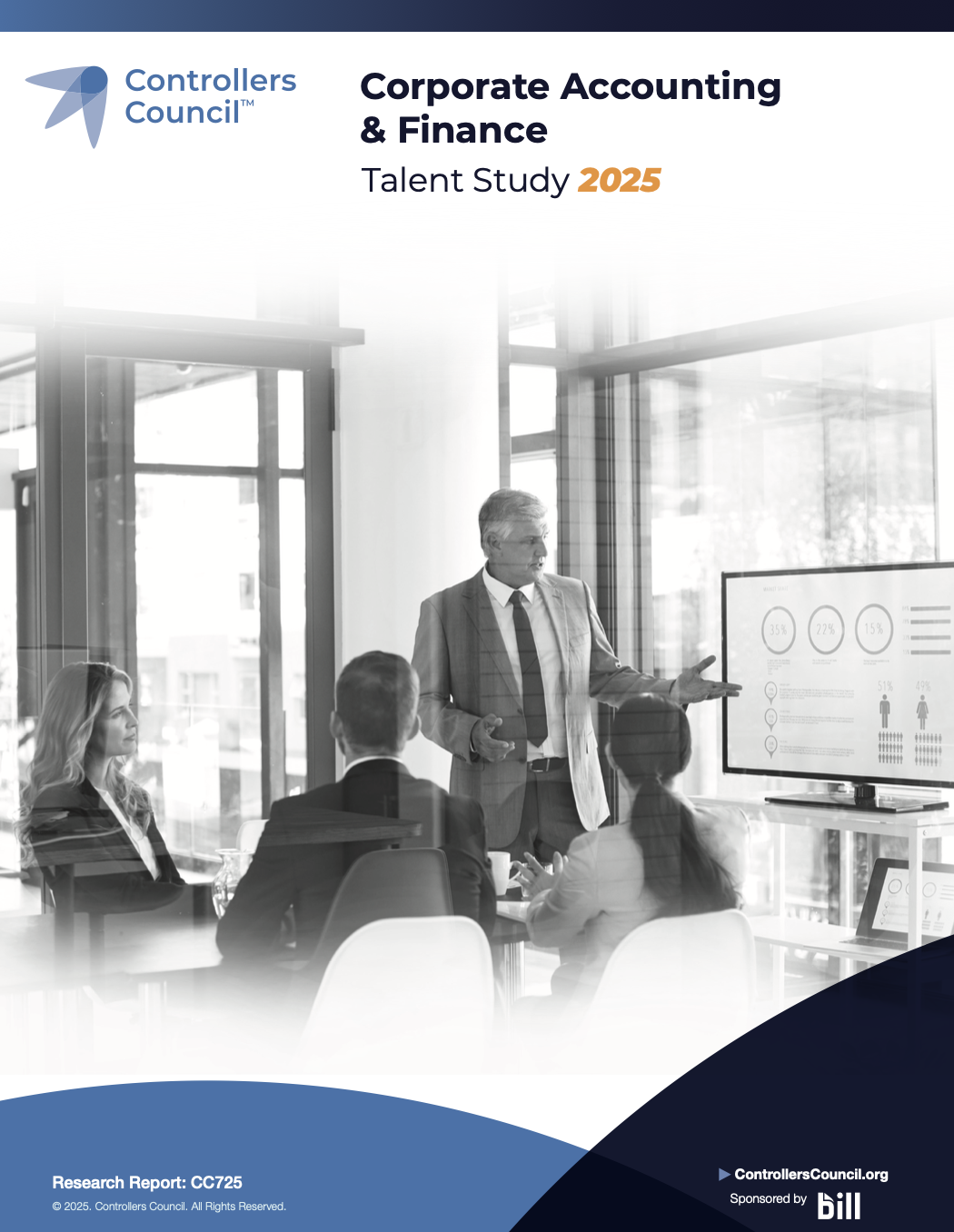Controllers and CFOs are critical to the success of their organizations. These professionals can guide decision-making and protect the continuity of a business by providing actionable insights into its financial health. One way that CFOs and controllers convey these insights is by tracking and monitoring key performance indicators (KPIs).
As part of our examination of essential controller/CFO KPIs, we are breaking down some important metrics that every financial professional should be monitoring, like current accounts payable (CAP). Here’s how CAP functions, how it’s measured, and why it’s important.
What is Current Accounts Payable?
CAP refers to a company’s cumulative outstanding short-term debts that it owes to creditors or vendors. A few company examples of CAP include utility and broadband bills, advertising costs, and office supply expenses. Most of the time, these bills are generated near the end of the month, though some vendors might follow unique billing periods that do not align with the traditional monthly cycle.
To be clear, CAP does not include longer-term debts that include business loans, mortgages, or leases. Such debts are tracked separately, as they are typically much higher and have a more significant impact on the business.
CAP vs. Current Accounts Receivable
Current accounts payable and current accounts receivable (CAR) are polar opposites. CAP reveals a company’s total short-term debt, such as the cumulative cost of the aforementioned bills.
Conversely, current accounts receivable measures how much money debtors currently owe your business. By subtracting CAP from CAR, businesses can estimate their upcoming cash flow for the following month.
As these two metrics are so closely related, they are almost always discussed, tracked, and monitored as a pair.
How to Calculate CAP
Calculating CAP is a straightforward process. To do so, an accountant simply needs to add together all of their organization’s short-term bills. For instance, suppose that an entity’s utility bill was $2,000, its broadband bill was $1,000, and its monthly advertising expenses were $5,000. In such a scenario, the company’s CAP would be $8,000.
Why Is CAP Important?
By tracking CAP, businesses can engage in more effective budget planning. Additionally, CAP assists with estimating net revenue for the following month and protecting cash flow.
Monitoring this metric also helps a business honor its commitments to vendors and service providers, which is important for building relationships and promoting continuity. Failing to monitor CAP accurately can create a whole host of revenue management challenges for an organization.
If a business forgets to track and pay its broadband bill, for instance, the business could go into default and potentially experience a very costly service disruption. More importantly, it may suffer from serious cash flow issues, which could negatively impact the customer experience and damage the brand’s reputation.
How to Optimize CAP Management
CFOs and controllers can proactively prevent accounts payable challenges and optimize their CAP management capabilities by accomplishing the following:
Automation
When CFOs/controllers rely too heavily on manual processes, errors and oversights are inevitable. However, the likelihood of such mishaps can be drastically reduced by leveraging powerful automation tools. Using automation solutions can reduce the workload on finance professionals.
Additionally, these solutions allow CFOs to track KPIs more accurately, including CAP, CAR, and working capital. In turn, they can use these insights to influence business decision-making and promote organizational growth.
Paying Debts on Time
Failing to pay debts on time can cause friction between a business and its vendors and suppliers, and if a business routinely fails to make its payments on time, vendors may impose hefty late fees or drop the company altogether.
On the other hand, many vendors offer discounts for paying bills on time. Promptly paying any outstanding CAP obligations can not only be a great money-saving strategy but a fantastic bolster for a brand’s reputation. Over time, it will help the organization attract other quality vendors and can lead to new partnership opportunities in the future.
Identifying and Eliminating Waste
Tracking CAP not only helps businesses pay their debts on time, but it can also reveal sources of waste. A savvy CFO or controller will use this KPI to identify potentially concerning AP trends.
If the cost of a recurring service or other business expense suddenly begins to increase, they can explore alternative solutions, such as contracting with another vendor, which can save the business thousands and free up capital to pursue growth opportunities.
The bottom line is that CAP is an important metric that every CFO or controller should be monitoring, but it does not tell the whole story. That is why financial professionals also need to monitor metrics such as CAR, working capital, cash flow, and average days to pay. By tracking all of these interconnected metrics, controllers can support organizational decision-making and business continuity.
Check out the other KPIs in our series below:




